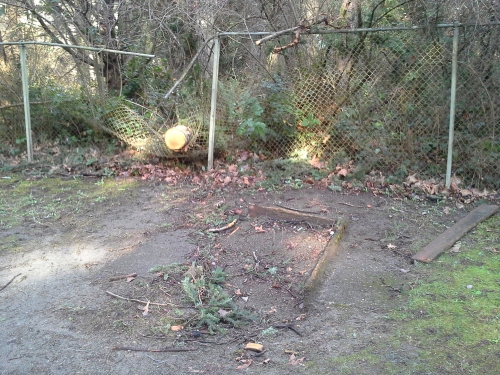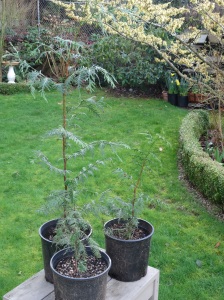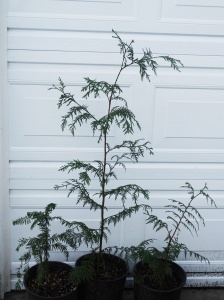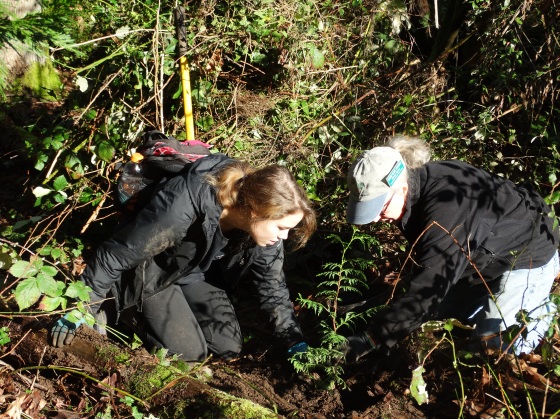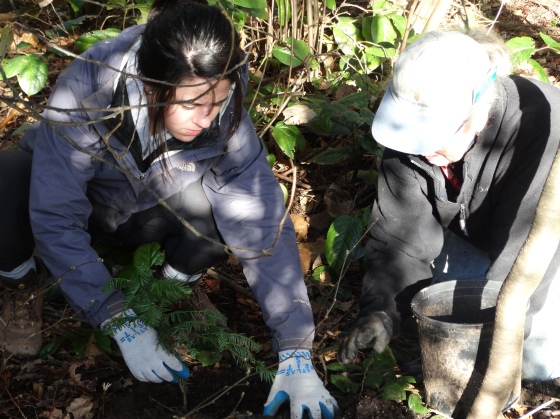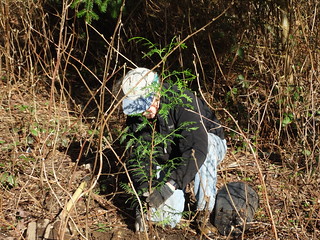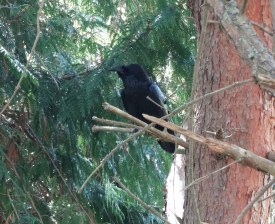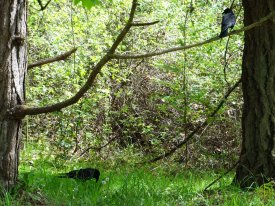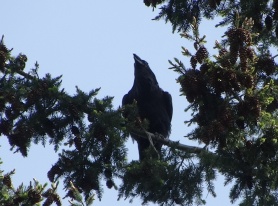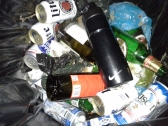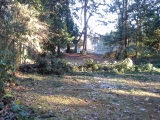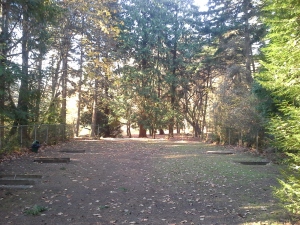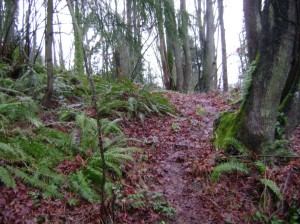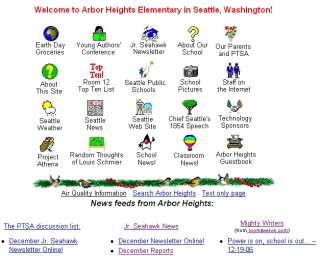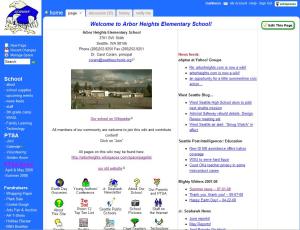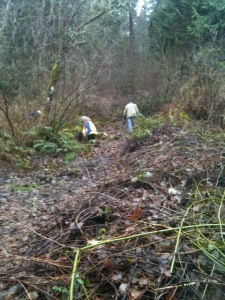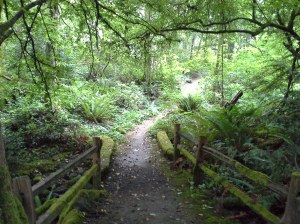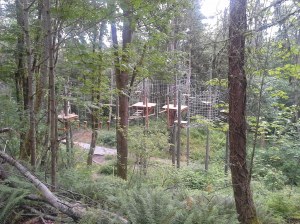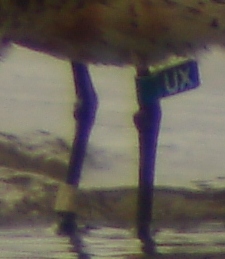It’s time for an update, because so many things have happened in the four months since I wrote A Tale of Two Cheasties. That little post has been viewed over 1,400 times, so there was definitely was a lot of interest. Not all of the visitors agreed with my point of view, as you can see in the comments, and so I eventually had to start moderating the comments on this blog, as I was called names and had my intelligence questioned by those who wanted a mountain bike park in Cheasty Greenspace.
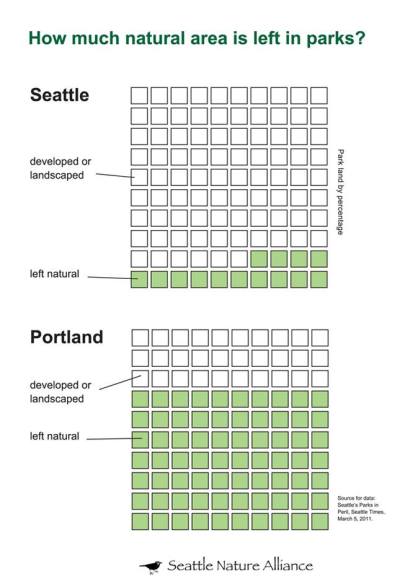 First off, if you haven’t read A Tale of Two Cheasties, I encourage you to do so before reading on, as I’m not going over the basics of the strange tale here. What I hope to do is bring people up to speed on what’s happened on some fronts in the battle to keep a natural area, well, natural.
First off, if you haven’t read A Tale of Two Cheasties, I encourage you to do so before reading on, as I’m not going over the basics of the strange tale here. What I hope to do is bring people up to speed on what’s happened on some fronts in the battle to keep a natural area, well, natural.
Next, note the graphic at the right to see how important this is for Seattle. In spite of how we Seattlites tend to see ourselves a green city, the reality is, we are not, when it comes to our Parks. Out of the 100 most populous cities in the US, Seattle ranks 90th in Parks land that is natural, and undeveloped. A pretty low ranking for a “green city”. See the Trust for Public Land’s City Park Facts for some other eye openers on Seattle Parks
I started and maintain an up to date chronological list of public statements in opposition to a mountain bike park in Cheasty, in a post called Saving Cheasty. However, that list only tells a fraction of the response story, and that’s the reason I am writing today.
Morphing plans
One of the things that keeps changing is the actual proposal, and what proponents of the mountain bike trail say about it. I have heard Parks Department officials in public meetings say in one meeting there would be NO free ride jumps and in another that there would indeed be Free Ride jumps. I have heard Parks officials say in one meeting pedestrian and bike trails would be separate, and in another meeting a few days later say the trails would be dual use – shared by walkers and bikers. These were at public meetings, some in front of City officials. They are part of the public record. So you have to wonder just exactly what do people have in mind, after all?
The non-nimby response
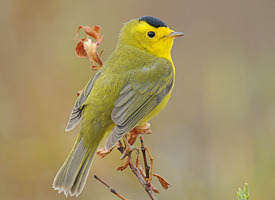 The rapidly increasing number of signatures on the petition, Maintain foot traffic only policy within Cheasty Greenspace, is striking. When I first happened upon the petition in February, and started getting it out in social media, it had 94 signatures. It was put up in early 2013, because people living around Cheasty had heard about a mountain bike park proposal, were worried about it, were reassured by Parks that it would never happen – and for some reason, did not believe that. Right now it has 362 signatures. While many of those who signed are neighbors, many more are certainly not all living next door to Cheasty, and several make that clear in their comments. I find it interesting that several signers are from outside Seattle as well. As the word spreads about a plan to put a mountain bike park in a designated natural area in the middle of Seattle, people are spreading the word, because preserving dwindling natural areas in urban areas is a hot topic right now, globally. The voices at Save Cheasty Greenspace are a part of that chorus, hoping to give Seattle a wake-up call.
The rapidly increasing number of signatures on the petition, Maintain foot traffic only policy within Cheasty Greenspace, is striking. When I first happened upon the petition in February, and started getting it out in social media, it had 94 signatures. It was put up in early 2013, because people living around Cheasty had heard about a mountain bike park proposal, were worried about it, were reassured by Parks that it would never happen – and for some reason, did not believe that. Right now it has 362 signatures. While many of those who signed are neighbors, many more are certainly not all living next door to Cheasty, and several make that clear in their comments. I find it interesting that several signers are from outside Seattle as well. As the word spreads about a plan to put a mountain bike park in a designated natural area in the middle of Seattle, people are spreading the word, because preserving dwindling natural areas in urban areas is a hot topic right now, globally. The voices at Save Cheasty Greenspace are a part of that chorus, hoping to give Seattle a wake-up call.
Every time someone signs that petition, the Parks Department advocate for the mountain bike project is notified. I have never heard a single word of acknowledgement anywhere from Parks that there is even a petition out there…
Meetings and positions
In spite of there being only one public meeting so far hosted by the Parks Department to discuss the proposal, there have been several community group discussions of the proposal. The most recent was a panel discussion with Q&A, hosted by the Seattle Neighborhood Coalition. I had earlier noted a draft position statement by the Urban Forestry Commission, and they indeed came out with a strongly worded final position statement (pdf), sent to the City Council, the Mayor, and Parks Department officials, raising serious questions about the proposal, and asking for, among other things, a five year pilot and a fenced area to protect the interior habitat. They also questioned the public engagement process.
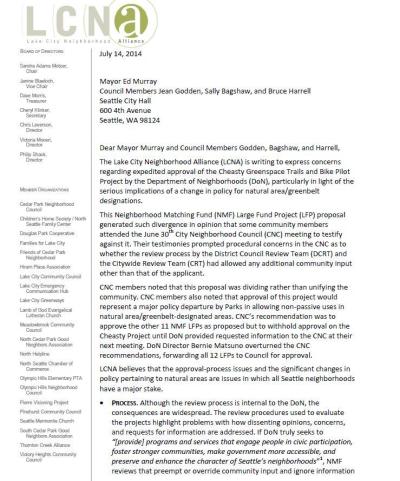 Yesterday the Lake City Neighborhood Alliance sent a letter to the Mayor, City Council, Urban Forestry Commissioners, the Parks Advisory Board, Parks Department officials, and Neighborhood Community group leaders, citing concerns over process and policy changes, noting, “Once those revised policies are implemented—even as a pilot project—changes in our natural areas/greenbelts are irrevocable. We will never get them back.” Their letter at the right (used with permission, click to read the pdf), is another indicator that people in communities far away from Cheasty are watching and are worried about what they see happening there.
Yesterday the Lake City Neighborhood Alliance sent a letter to the Mayor, City Council, Urban Forestry Commissioners, the Parks Advisory Board, Parks Department officials, and Neighborhood Community group leaders, citing concerns over process and policy changes, noting, “Once those revised policies are implemented—even as a pilot project—changes in our natural areas/greenbelts are irrevocable. We will never get them back.” Their letter at the right (used with permission, click to read the pdf), is another indicator that people in communities far away from Cheasty are watching and are worried about what they see happening there.
Almost done
There is so much more to add, and there are many more people and organizations working hard to keep Cheasty a natural area, but this is enough – for now. I hope somebody in the media will do an in depth piece on this mess. It’s complex, and it can’t be covered in a couple of paragraphs with a few bullet points. I will close by adding something that has been bothering me the more I think about it…
Volunteers
Volunteering is a wonderful way to help out a community or a cause. Volunteers get no compensation – they get a nice warm feeling, though, helping to make a difference for countless causes everywhere. The bike park proponents have touted how many volunteers they have working to clear invasive species right now in Cheasty, and how many millions of dollars their hours there are worth. I say they are not volunteers. They are working very hard, but only because they expect something in return. So what do they expect?
They expect to be given exclusive use of a natural area, to be able to turn it into a mountain bike park for them to ride around in. That’s not volunteering, that’s quid pro quo, as in, if you do this, you get that. They have written this up in some of their proposals to Parks: in exchange for their doing work clearing invasives, they get to put a mountain bike park in a designated natural area. True, and unbelievable.
Let’s talk about the totally unselfish work real volunteers do in our parks day after day. Those true volunteers love their cause, but they expect nothing in return personally, except a beautiful and healthy park.
The value of their work is not counted in dollars. It’s what that credit card ad would call priceless. Here’s to the countless “Friends of” groups made up of true volunteers.
If you haven’t signed the petition yet, please consider doing so. Thanks – Mark

